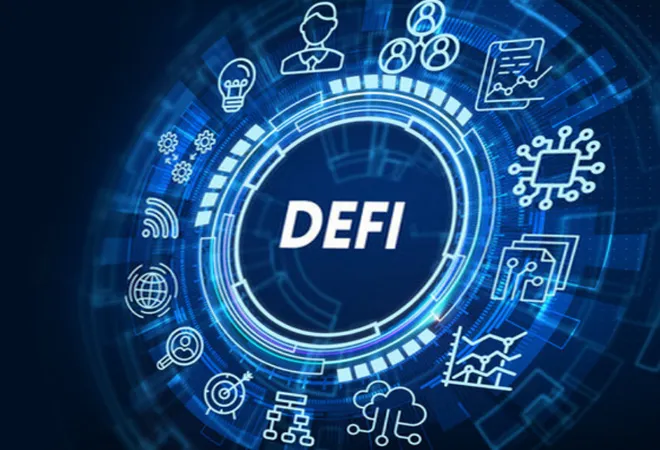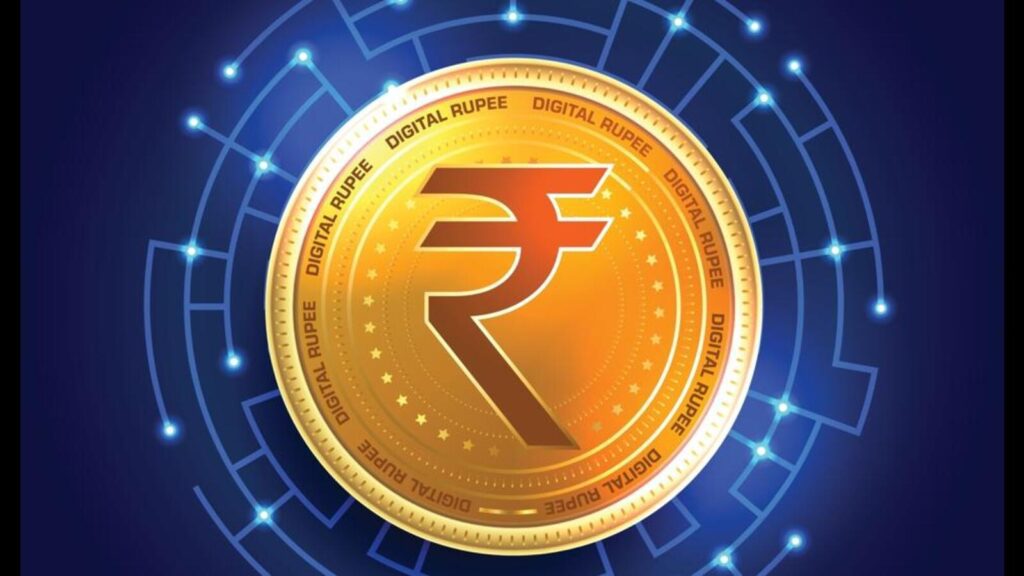Now Reading: Rise of Decentralized Finance (DeFi) Platforms in India
-
01
Rise of Decentralized Finance (DeFi) Platforms in India
Rise of Decentralized Finance (DeFi) Platforms in India

Decentralized finance, or DeFi, is transforming the way people access financial services in India. Unlike traditional banking, DeFi platforms operate without intermediaries, allowing users to lend, borrow, and trade directly through blockchain networks. This shift is gaining attention in Tier 2 cities, where digital adoption is growing and investors are looking for alternative avenues to manage their money efficiently.
How DeFi Works
DeFi platforms leverage smart contracts to automate transactions, removing the need for banks or brokers. This approach can reduce costs, increase transparency, and offer faster transaction times. Users retain control of their assets, and participation is typically open to anyone with internet access.
Opportunities for Indian Investors
For investors in smaller cities, DeFi provides access to tools that were previously limited to large financial institutions. Lending, staking, and liquidity provision can generate returns, though they also carry risks due to market volatility and evolving regulations. Understanding platform mechanics is key before investing.
Challenges and Risks
DeFi is still a developing sector. Regulatory uncertainty, cyber threats, and price fluctuations can impact returns. Indian authorities are exploring frameworks to ensure consumer protection while encouraging innovation, but caution and informed decision-making remain essential.
Conclusion
The rise of DeFi platforms signals a new era for Indian finance, offering alternative investment and banking options, especially for Tier 2 cities. While the potential is significant, balancing opportunity with risk awareness is crucial for safe and effective participation.

























